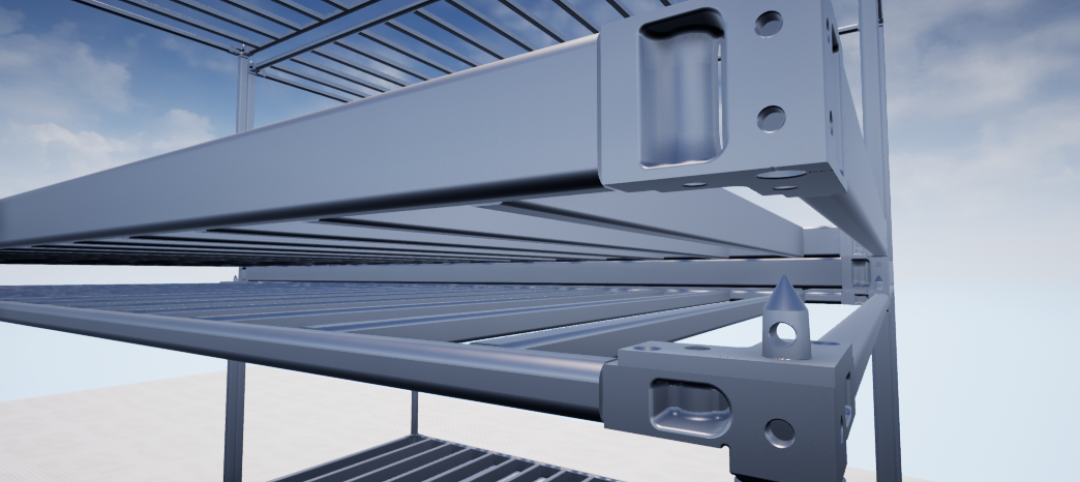Nearly half of construction managers still capture critical jobsite quality data manually. One-third still use paper and pen to track data.
These are some of the key findings from a survey of more than 500 executives and managers in the construction and engineering fields. The survey, conducted in February by TrackVia, an operational workflow platform, exposes a jobsite management environment that, for many companies, is antiquated and potentially prone to more errors.
Three quarters of the executives and managers polled said that ensuring a high quality of work is the most important part of their jobs. But the process by which they strive to achieve that quality is often time-consuming and redundant.
Managers concede that collecting data manually presents three challenges:
•Inadequate levels of details attached to work and change orders
•Incomplete work quality observation data
•Incomplete information to substantiate claims
Yet, the survey found that a large portion of change- and work-order initiation is manual, with more than 80% of managers reporting email as their primary means of communication, followed by meetings and calls via radio or cell phone. This contributes to why 65% of managers surveyed also said that work orders or changes get missed some to all of the time, lengthening a project’s time-to-completion.
Nearly two-thirds of the managers polled said the availability of information, like change orders, was the hardest to capture accurately. Part of the problem seems to be that jobsite data often gets funneled through multiple sieves.
Half of managers said their data must go through five different steps to get the information into a software or database system, and half of executives said their data goes through the same number of steps before it can be used by team members for reporting and analytics.
Three quarters of executives are using multiple systems to house project and site data. Eighty-eight percent of execs who use four or more data systems spend at least 1,300 hours per year trying to assemble data into usable reports.
Consequently, 61% of executives polled said they are making decisions using old data. “Manual processes inhibit executives and managers from making timely decisions and from staying ahead of potential issues before they become big issues,” the survey’s authors state. “Executives are also challenged … [by] not having the information they need for compliance and audits.”

Incomplete and erroneous work orders and changes still plague jobsites where data are collected manually. Image: TrackVIa.
The majority of executives and managers agree that manual data collection increases the costs related to work quality and employee downtime.
Fifty-seven percent of executives reported costs related to inadequate or damaged supplies, materials, and equipment, while 58% of managers cited liquidated damages due to project delays.
Forty-five percent of managers acknowledged they could adequately substantiate claims only 51-80% of the time. Half of the executives could legally substantiate only 50-79% of claims with daily reports and other documentation.
TrackVia’a recommendations to change this deficient dynamic starts with the implementation of a streamlined, digitized data collection process, which more than half of the executives believe would alleviate several of the issues related to manual data entry.
The report noted that using dynamic mobile apps would enable firms to capture information from any device—online or offline. Job site teams could use standardized forms to enter data, scan barcodes, geotag locations, attach photos, and document weather conditions using any iOS or Android device.
Aggregating all data through a single system wouldn’t hurt, either. “Corporate offices need to simplify their processes for turning job site data into usable reports. By digitizing data acquisition on the job site and integrating it with other systems, firms get accurate, real-time visibility across their entire organizations. Firms can create custom dashboards and reports and publish those for executives and managers so everyone is on the same page.”
Related Stories
Healthcare Facilities | Jul 15, 2019
Can a kids’ healthcare space teach, entertain, and heal?
Standard building requirements don’t have to be boring. Here’s how you can inject whimsical touches into everyday design features.
BD+C University Course | Jul 8, 2019
Shadow box design: To vent or not to vent [AIA course]
A curtain wall shadow box is a spandrel assembly consisting of vision glass at the building exterior and an opaque infill at the interior side of the curtain wall system. This course is worth 1.0 AIA LU/HSW.
Contractors | Jun 26, 2019
Katerra launches apprenticeship program to help develop the future of construction
The program offers nationally recognized, portable construction trade credentials.
Building Tech | Jun 26, 2019
Modular construction can deliver projects 50% faster
Modular construction can deliver projects 20% to 50% faster than traditional methods and drastically reshape how buildings are delivered, according to a new report from McKinsey & Co.
Contractors | Jun 15, 2019
Turner tops off new classroom space at Middle Tennessee State University
The building includes a “command center” for training students to interact with emergency personnel.
Contractors | May 24, 2019
Two versions of a hard hat for the future are ready for production
Clayco worked with a Georgia college to design a hard hat with greater comfort and adaptability.
Contractors | May 20, 2019
SoCal’s oldest GC bounds into second century
C.W. Driver succeeds by sticking to core markets and practices.
Codes and Standards | Apr 25, 2019
Report: Contractors invest $1.6 billion in workforce development annually
ABC members increased training spending 45% from 2013, according to a new report.
Resiliency | Apr 22, 2019
Turner Construction doubles down on jobsite efficiency
The company targets a 50% cut in greenhouse gas emissions and water use from construction activities by 2030.
Building Tech | Apr 19, 2019
Skender, Z Modular reach agreement to fabricate multifamily housing components
Factory to open soon on the southwest side of Chicago.

















